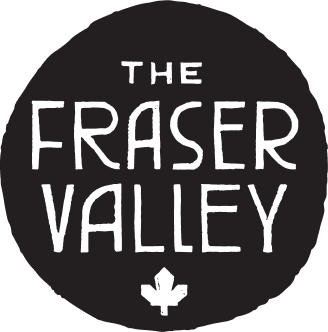Estimated Read Time: 4 min 19 sec
We acknowledge the specific communities that are native to the area we call the Fraser Valley: Katzie, Kwantlen, Semiahmoo, Leq’á:mel, Sema:th, Matheqwí, Qwó:ltl’el, Sq’éwlets, Aitchelitz, Shxwha:y, Skowkale, Squiala, Soowahlie, Tzeachten, Yakweakwioose, Cheam, Skwah, Kwaw Kwaw apilt, Douglas, Seabird Island, Sts’Ailes, Samahquam, Sq’ewá:lxw, Skatin, Chawathil, Shxw’ow’hamel, Xwoxwela:lhp, Peters, Popkum, Skawahlook, Spuzzum, Boston Bar, and Boothroyd First Nations.
The Fraser Valley is full of unique Indigenous experiences that celebrate the heritage and culture of this land’s First Peoples.
Whether it’s by attending festivals and events or supporting local Indigenous artists, storytellers, or business owners, there are countless ways to engage with, learn from, and help grow the community.
Fall brings an especially important opportunity to foster these connections, as September 30 is the National Day for Truth and Reconciliation in Canada. It’s a time for reflection and listening, where we can all take steps toward a future where Indigenous Peoples are at the forefront of Canada’s identity. The following spots are just a handful of ways that you can recognize and celebrate the people who have been here since time immemorial and be a part of a more inclusive and diverse community.
For more information about Indigenous tourism in BC and Canada, please visit Indigenous Tourism and Destination Indigenous.
Langley – Tradish’s The Ancestor Cafe
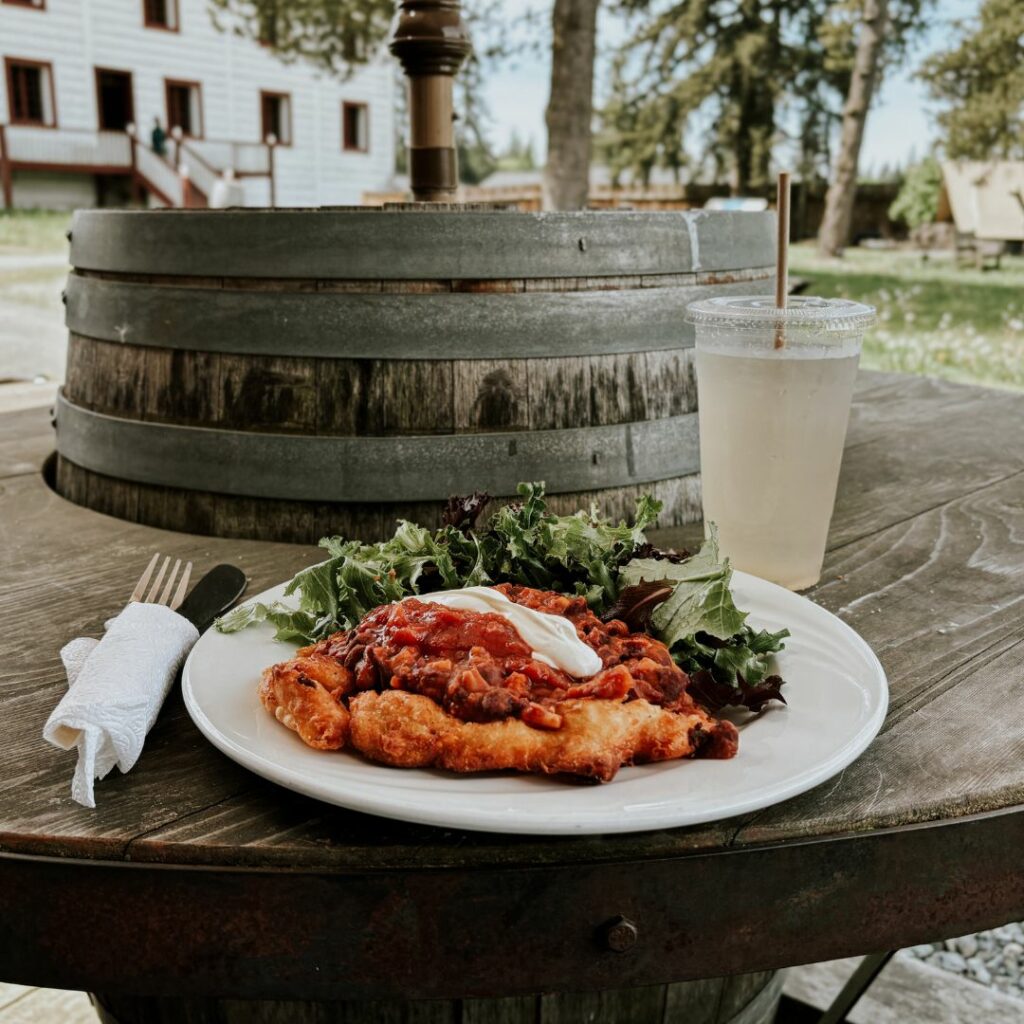
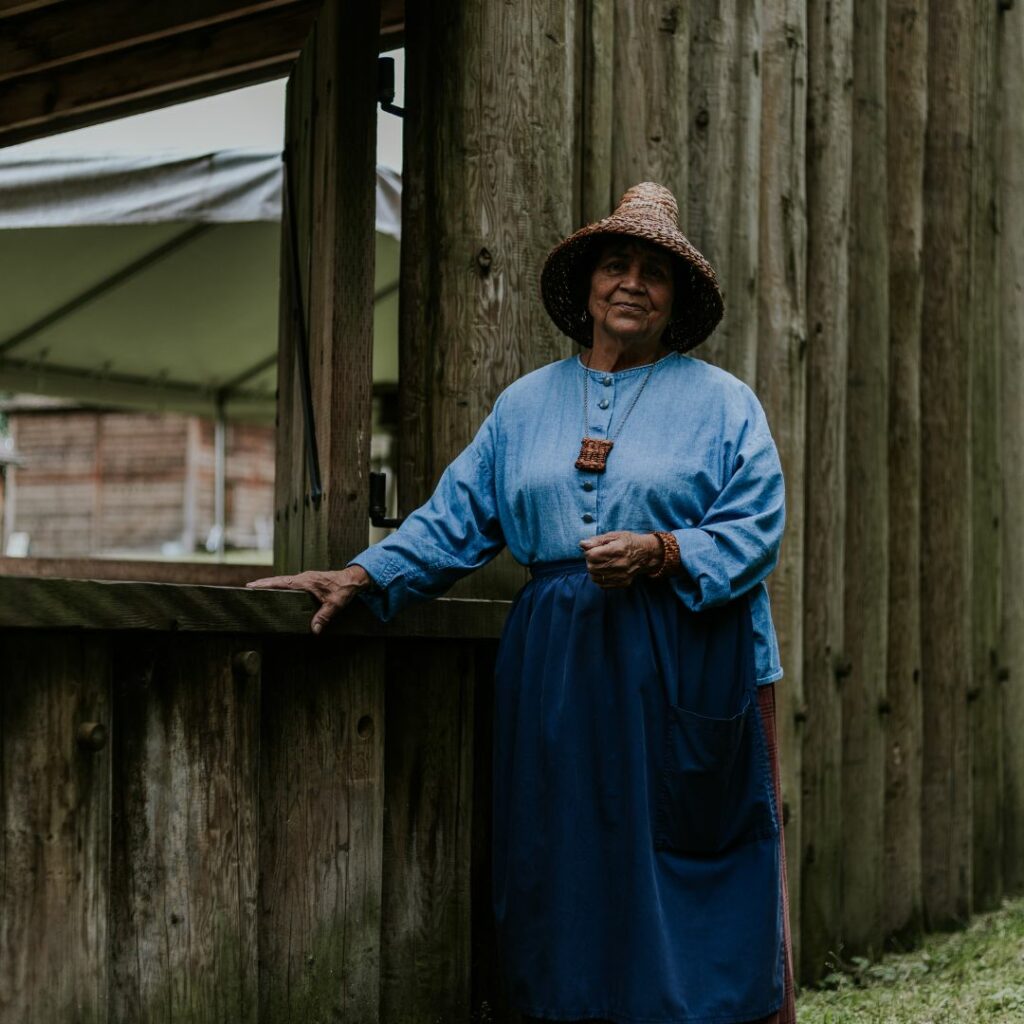
At Tradish’s, you can sample delicious and authentic Indigenous cuisines made with fresh local ingredients. With a sustainable and nourishing menu created by Chef Sarah Meconse Mierau of the Sayisi Dene First Nation, this Langley eatery offers tasty and flavourful items like elk bannock tacos, blueberry lavender baked bannock, and plant medicine lemonade.
Chilliwack – Coqualeetza Cultural Education Centre
An education centre dedicated to preserving Stó:lō culture (a name that translates to “people of the river”), this resource program acts as a connection to ancestry and tradition for local Indigenous communities. The word Stó:lō translates as “river” in Halq’emeylem, the Stó:lō language that the centre seeks to protect and revitalize. If you’re interested in learning more and taking a guided tour of Coqualeetza grounds, you can book one directly through Stó:lō Tourism. Be sure to stop by the centre’s gift shop during your visit, where you can purchase beautiful Indigenous art such as beadwork, carvings, prints, silver jewelry, blankets and much more!
Chilliwack – Stó:lō Tourism and Bad Rock Tours
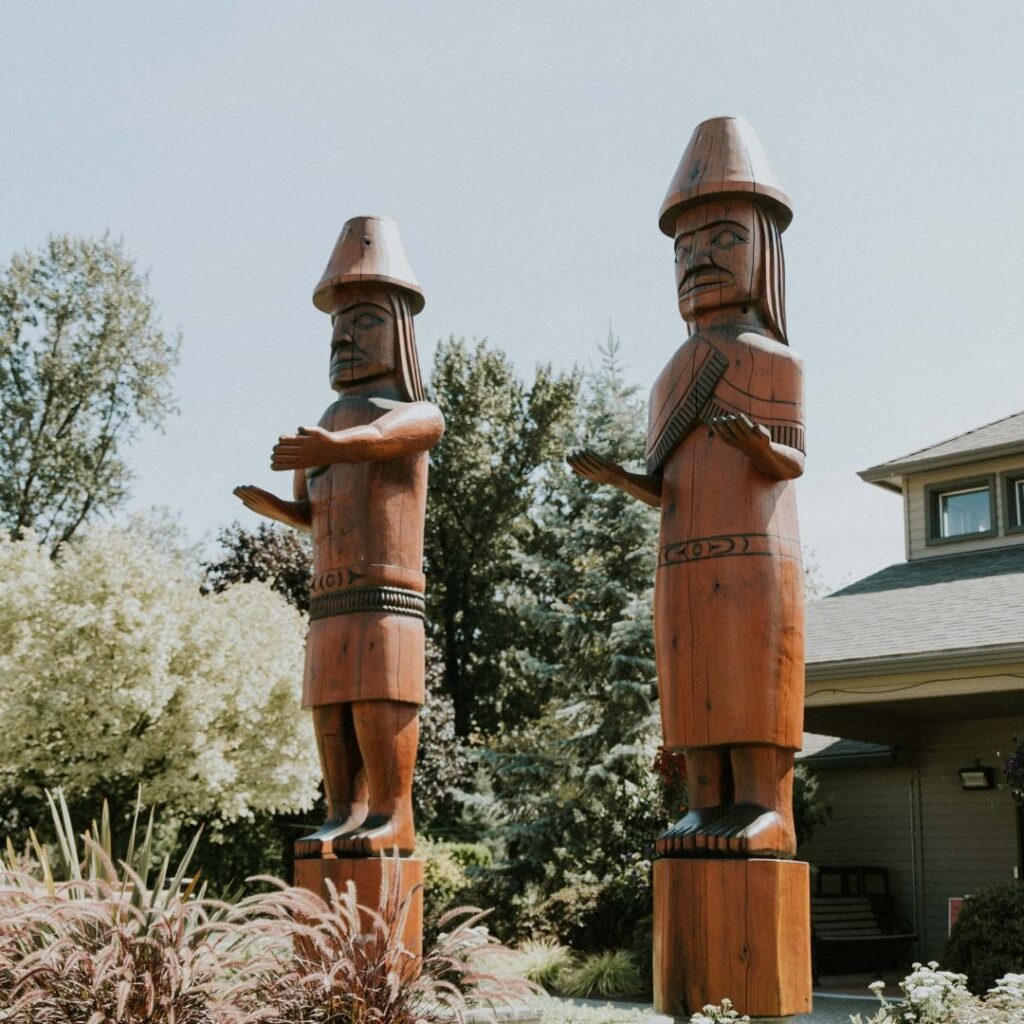
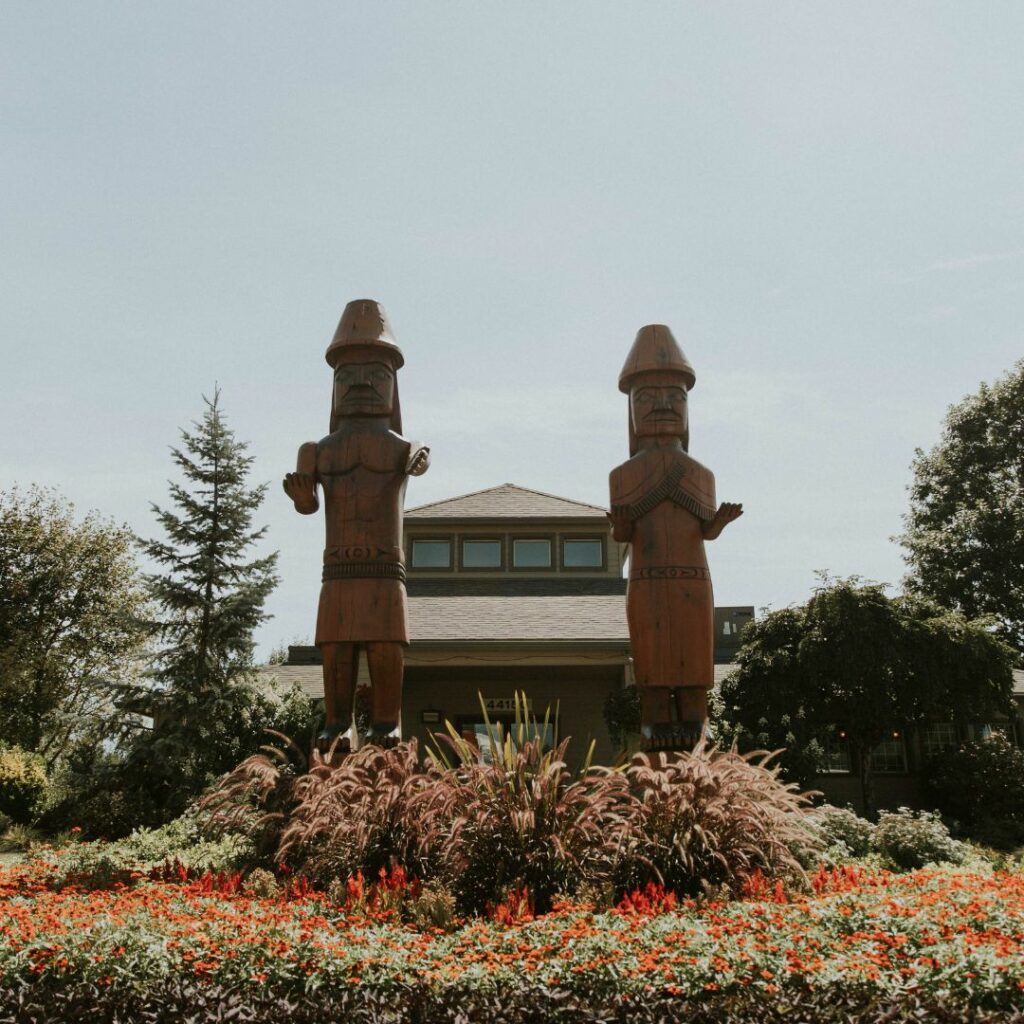
If you’re looking to experience the sights and stories of the Stó:lō people, you’ll find an engaging way to do it here. Whether it’s with a guided walking tour, bus tour, or boat tour along the river, Stó:lō Tourism offers immersive and fascinating experiences throughout the Valley. Each area tour gives insights into the past and how rich heritage echoes throughout how the Stó:lō live today. You can visit a longhouse, view cultural artifacts, and hear the harrowing stories of the residential school system. The informative guides will teach Halq’emeylem words throughout each tour, and you’ll leave with a new appreciation for the land you stand on.
Hope, Cascades, & Canyons – Tuckkwiowhum Village
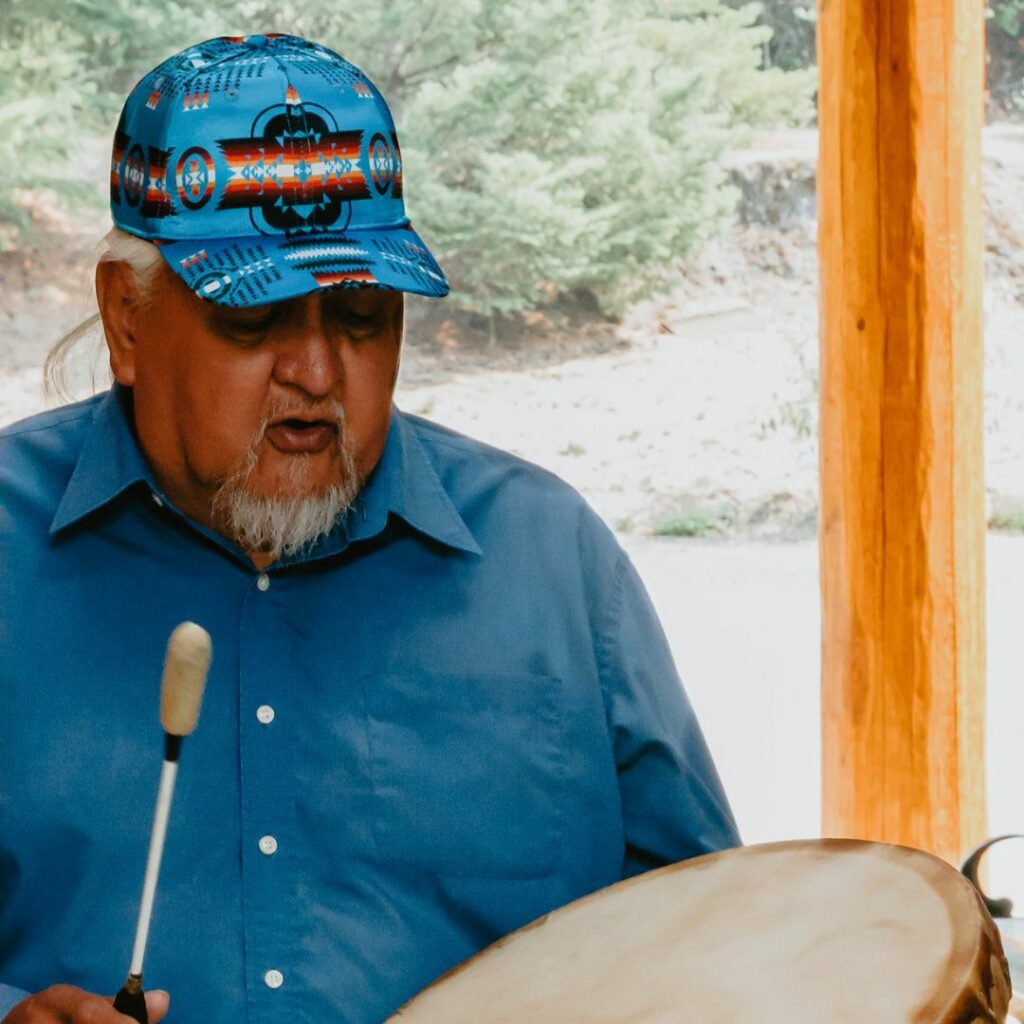
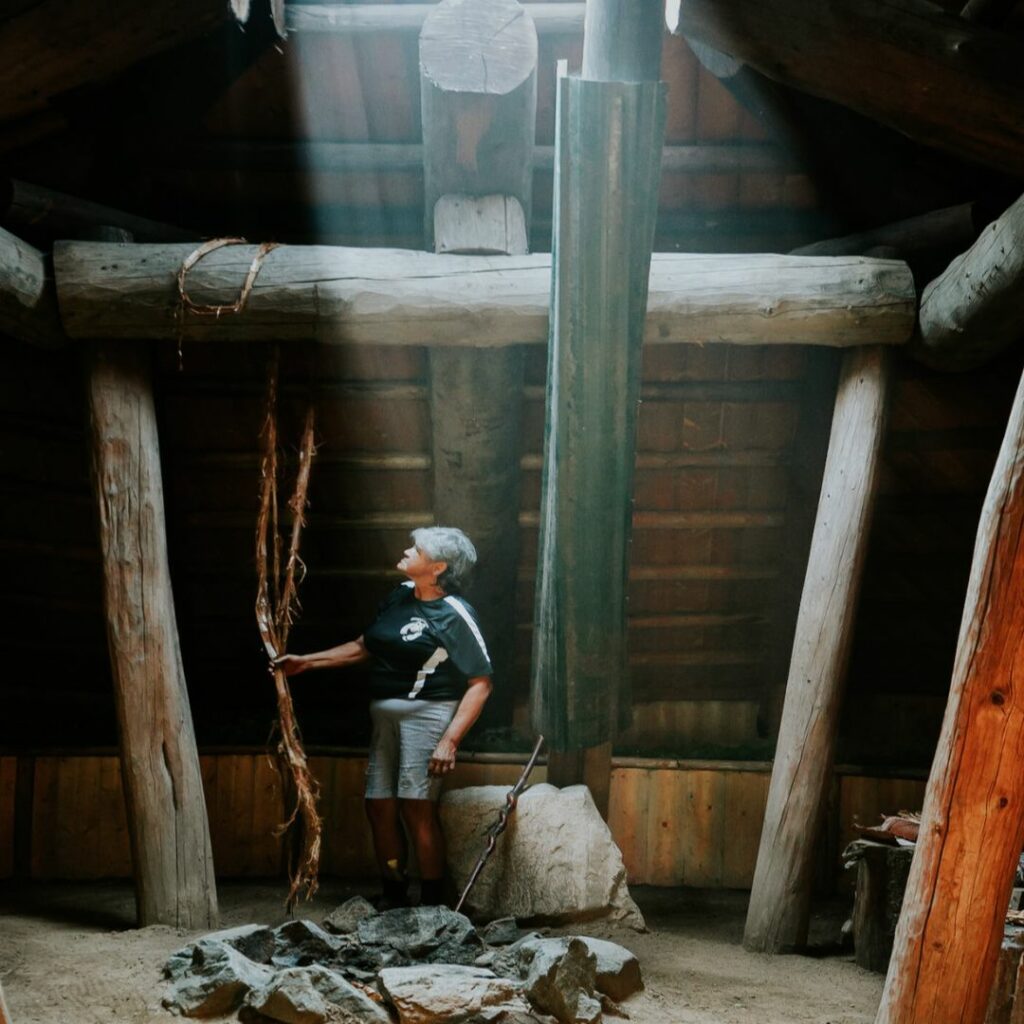
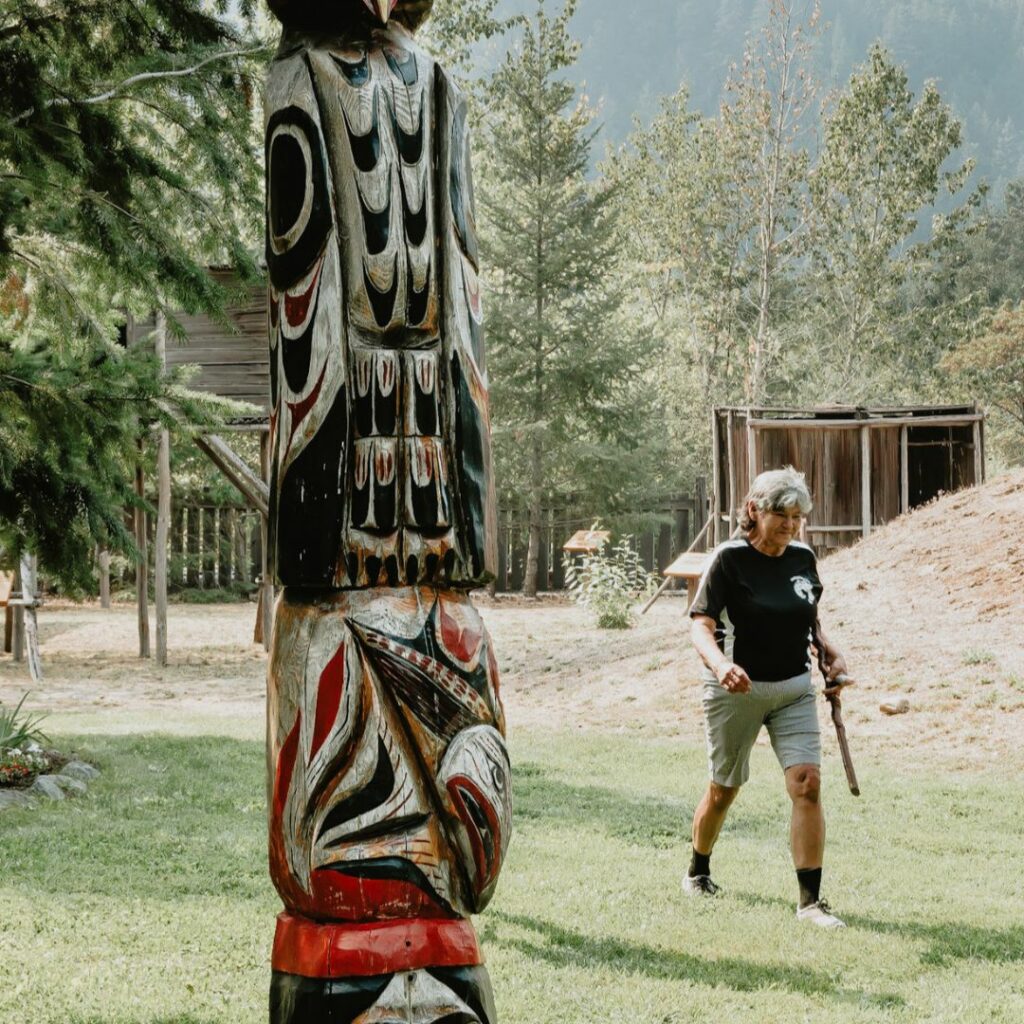
Home to a beautifully recreated Nlaka’pamux village, this immersive experience shows how the Nlaka’pamux people lived before the arrival of European culture. The name Tuckkwiowhum translates as “great berry picking place,” and it’s a namesake that still holds to this day with the richness of the surrounding resources. The grounds are nestled on the banks of Anderson Creek and the mighty Fraser River, which provides a stunning natural backdrop as you explore the village and listen to stories from Nlaka’pamux elders. Wandering the grounds, you’ll see a smokehouse, sweat lodge, earth ovens, and an awe-inspiring pit house. The perfect stop for a day trip or a weekend getaway— book one of their roomy teepees to spend an amazing night under the stars!
Harrison Visitor Information Centre & Sasquatch Museum & Sts’ailes Longhouse
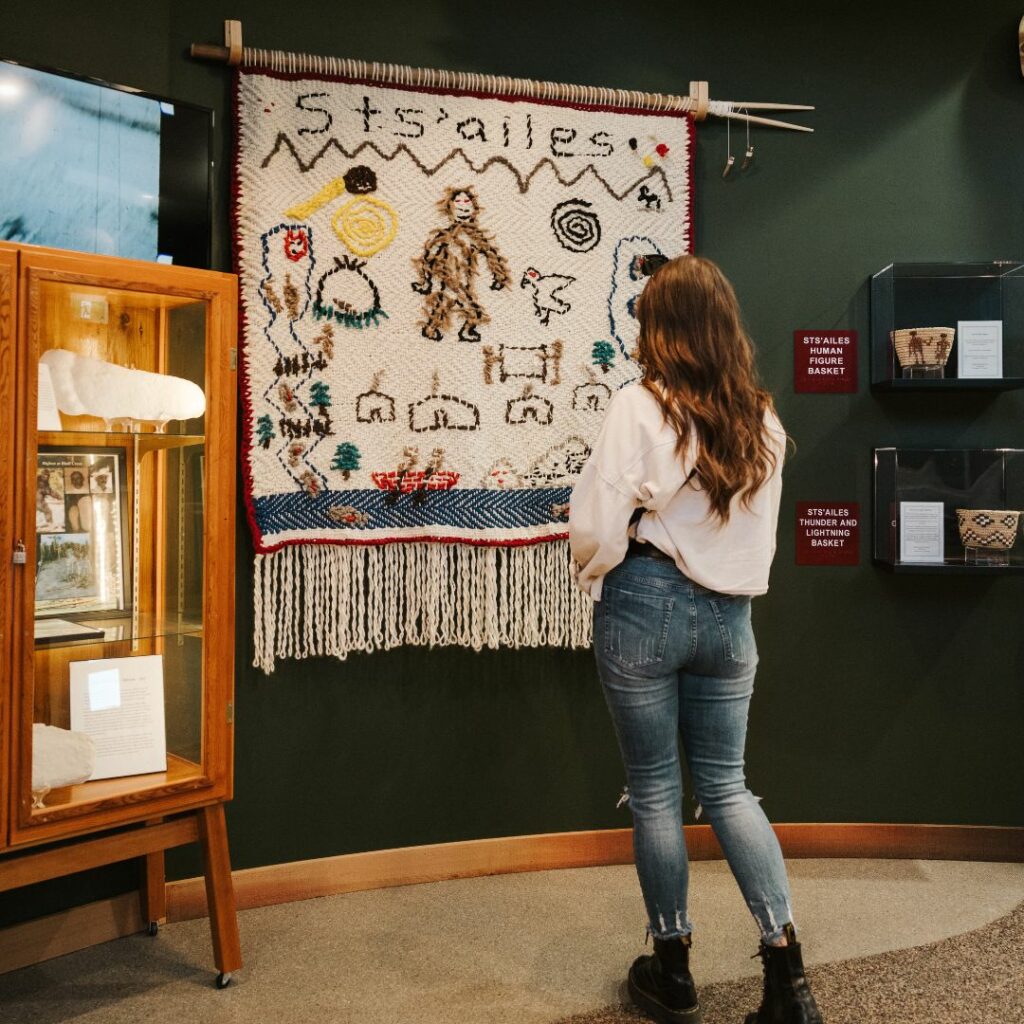
Sts’ailes Longhouse
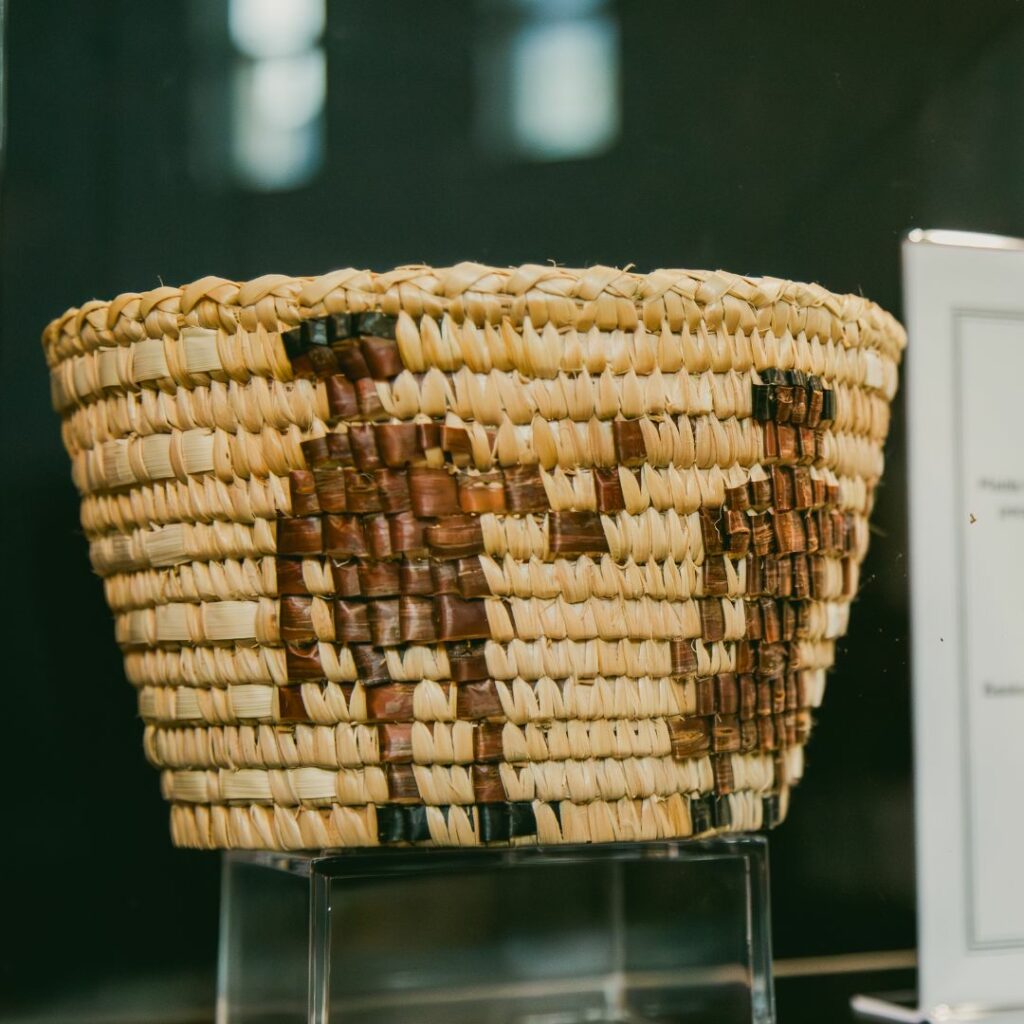
Sts’ailes Longhouse
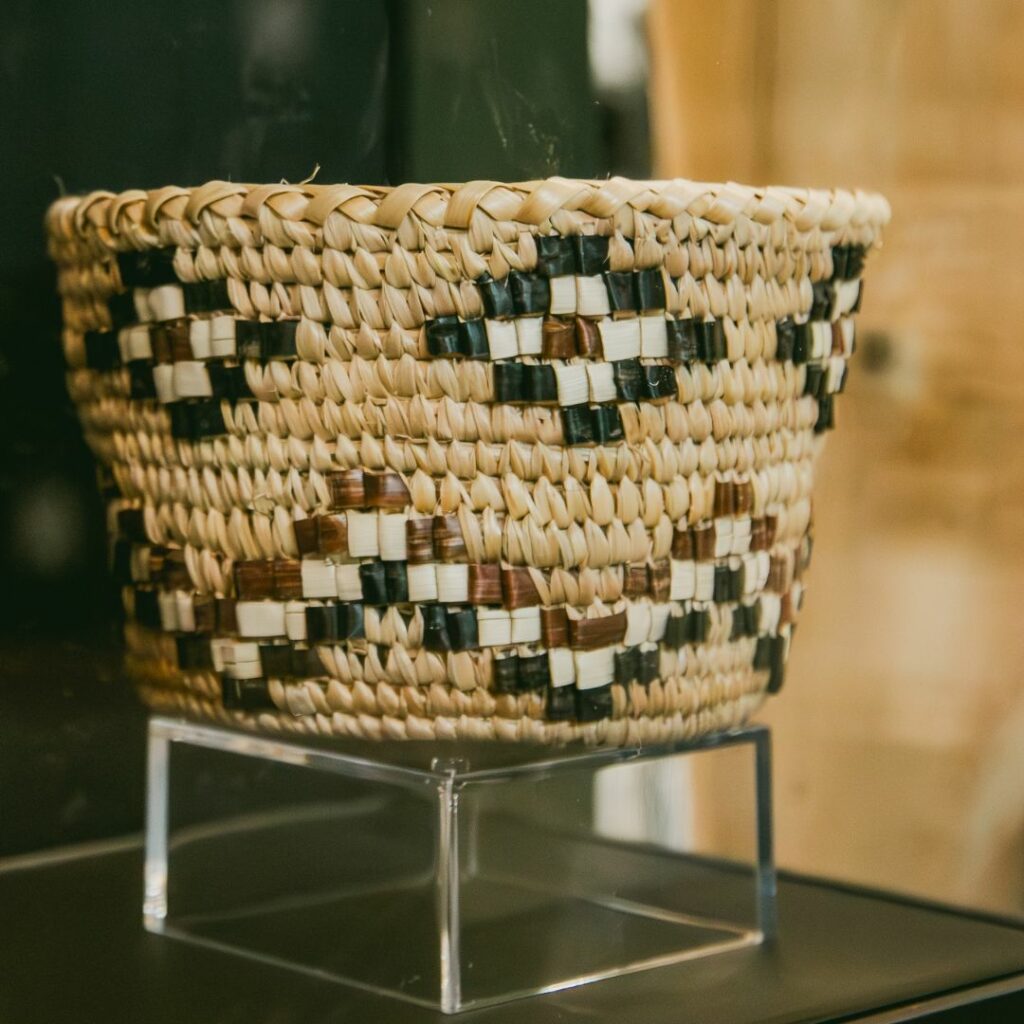
Sts’ailes Longhouse
Officially unveiled this summer, the newly enhanced visitor centre welcomes you on a journey through local history and Indigenous folklore. With multimedia exhibitions, the museum shares stories about local wildlife and intriguing legends about the Sasquatch from Sasquatch researchers and Sts’ailes People. You’ll hear first-hand testimony and scientific research about the enigmatic figure, where you can then come to your own conclusions! The museum also has a recreated Sts’ailes longhouse, an 8ft Sasquatch statue, carvings, foot castings and many more artifacts that speak to the profound connection of nature and culture.
Events
September 13 – 15 – stɑl̓əw̓ Pow Wow – Langley
The stɑl̓əw̓ pow wow is back with even more reasons to celebrate local Indigenous culture! With dancing, singing, drumming, and artisan vendors, the pow wow has quickly become one of the biggest highlights of the community calendar. The annual three-day event brings people and performers from across the country to share their stories and regalia. Family-friendly and open to all, grab some freshly made bannock and settle in for the exciting festivities. Be sure to get a good seat when the dancing begins— the artistry and athleticism are truly something to behold!
September 30 – Stetís ímexstowx (Walk Beside Us) – Abbotsford
On Truth and Reconciliation Day itself, you’re invited to join in a day of listening and consideration about the history of Residential Schools in Canada. The phrase Stetís ímexstowx means “walk beside us” in Halq’eméylem, and that is the sentiment of learning taken at these various events throughout the day. At Thunderbird Square and Civic Plaza, you’ll join elders and community members in reflecting on this terrible time in our country’s history. Throughout the day, you’ll have the chance to watch presentations, hear stories, and learn about the countless Indigenous families that suffered because of the residential school system.
September 30 – National Day for Truth & Reconciliation Walk – Harrison Hot Springs
In Harrison Hot Springs, you’re invited to join Sts’ailes Nation in their National Day for Truth & Reconciliation Walk. Starting at 9:30 AM, meet at the Sasquatch Crossing Eco Lodge, from where you will make your way to the Sandpiper Resort. Sts’ailes speakers, drummers, and dancers will be featured, and light refreshments and t-shirts will be provided. A free shuttle will also be available to transport you back to the Sasquatch Crossing Eco Lodge. For more information, please call Vicki Paul (604-798-8818) or Cecily George (604-798-3553).
September 30 – Lighting the Path – Our Stories of Resilience – Syéx̱w Chó:leqw Adventure Park at 59389 Lougheed Highway
Lighting the Path is a unique interactive light experience. Prepare your senses as you walk an immersive outdoor path honouring residential school survivors in teachings, story and language. The lights move through historical grief and pain to experience the hope, stories and laughter of our children today who are being raised by their Indigenous parents, with no worry of being taken away. This important story is appropriate for all viewers, and is an informative cultural journey for the entire family.
